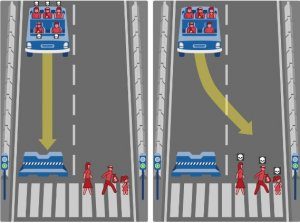Rekognition 
For some of us this topic can be really new but some may have already heard about it. Face recognition. Unfortunately the face recognition that we are going to talk about today is not the one used only by individuals. It is actually the opposite. It is used against them. Recently the world learned that FBI is using “Rekognition” for their own use with the help of Amazon’s big data base of faces. But for now lets get back to the actual topic of face recognition and other possibilities that Rekognition is giving us.
“Rekognition” is not only face recognition, it is object and scene detection, facial analysis, face comparison, celebrity recognition, image moderation and much more. To be honest this system already sounds like something that can be useful for the police.
Object, scene and activity detection
Object detection algorithm detects objects such as people, animals, cars and things like backpacks, glasses and much more. Object detection is being used for example in autonomous cars where all rectangles are detected as pedestrians. In rekognition detection system is much more complex. When you want to detect objects on the photo, the system will give you answers with percentage of compatibility to the given object. For example :
Facial analysis
This tool is mostly used in surveillance systems. It can detect things such as gender, emotions, if you are wearing glasses or not, if your eyes are open and if you are smiling or not. It can work not only with photos but also with videos and create a timeline with changes in individual’s behaviour. Facial analysis is much more complex then facial recognition as it gives you extra data.
Real-time analysis of streaming video
This feature is probably mostly used by police departments as it is able to detect, analyse and recognise faces. It not only do that but also is able to detect inappropriate behaviour and detect certain objects such as backpacks or bags in the live video. This feature is for sure step forward when it comes to preventing terrorist attacks but lets not forget that while police is going through millions of footage from surveillance systems, they are also detecting faces of individuals not related with those crimes. This topic is starting to be a concern because those police departments (Orlando and Oregon’s Washington County) that are currently using Rekognition are paying between 6$ to 12$ a month for this software. The police is able to get into every city camera in town and detect faces. Lets think about the data that they are gathering through this process. Some may say that those actions represent invasion of privacy and public is really concern but on the other hand what if this is the future of our world ?
Resources :
https://aws.amazon.com/rekognition/video-features/
https://www.theverge.com/2018/5/22/17379968/amazon-rekognition-facial-recognition-surveillance-aclu







